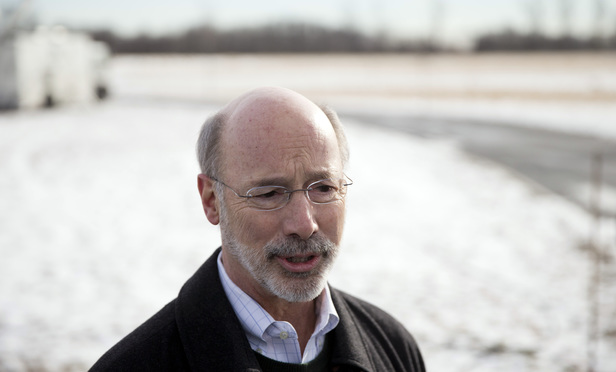The Pennsylvania Supreme Court is currently operating with only six justices, one less than its full complement of seven following Justice J. Michael Eakin’s March 15 resignation. The U.S. Supreme Court is likewise operating with one less justice in the wake of Justice Antonin Scalia’s unexpected death. While the absence of only one justice may seem rather trivial, its effect on the overall function and efficiency of these respective courts demonstrates otherwise. In Pennsylvania, the state constitution provides the governor with the power to nominate candidates to temporarily serve on the Supreme Court until replacements are elected through the regular election cycle. Because judicial elections take place only in odd-numbered years in Pennsylvania, a gubernatorial appointment would sit on the Supreme Court bench until the 2017 election. Gov. Tom Wolf recently announced he is looking to fill the judicial vacancy and is accepting candidate applications. Wolf should exercise his constitutional power by nominating Eakin’s temporary replacement, and should do so sooner rather than later.
Talk of filling judicial vacancies has been dominated by the national partisan debate over who should fill the vacancy left by Scalia and the roles of the president and the Senate in the nomination and confirmation process. While the focus has been on the federal bench, Pennsylvania’s Supreme Court is now in its 18th-straight month without a full seven-member bench. The need to fill judicial vacancies in the state and federal courts elicits many of the same considerations. A full bench is important to the functioning of the court. Without the full complement, decisions can be delayed, individual justice’s caseloads can become overloaded, and dockets can experience backlog. The Pennsylvania Supreme Court started the year with the announcement it will rehear nearly 30 cases it heard, but did not decide, in 2015. The bulk of these cases were resubmitted on the briefs, though a handful were scheduled for reargument. The court’s decision to revisit these cases was undoubtedly motivated by Eakin’s absence. Reargument of select U.S. Supreme Court cases could also be scheduled after a new justice is confirmed in cases subject to an equally divided vote. Historically, the U.S. Supreme Court has opted for reargument of such cases after the confirmation of a new justice following an unanticipated vacancy. A full bench would minimize the possibility of further, avoidable reargument and alleviate concerns of increasing delays resulting from the courts operating without the optimal number of justices and staff.
This content has been archived. It is available through our partners, LexisNexis® and Bloomberg Law.
To view this content, please continue to their sites.
Not a Lexis Subscriber?
Subscribe Now
Not a Bloomberg Law Subscriber?
Subscribe Now
LexisNexis® and Bloomberg Law are third party online distributors of the broad collection of current and archived versions of ALM's legal news publications. LexisNexis® and Bloomberg Law customers are able to access and use ALM's content, including content from the National Law Journal, The American Lawyer, Legaltech News, The New York Law Journal, and Corporate Counsel, as well as other sources of legal information.
For questions call 1-877-256-2472 or contact us at [email protected]



